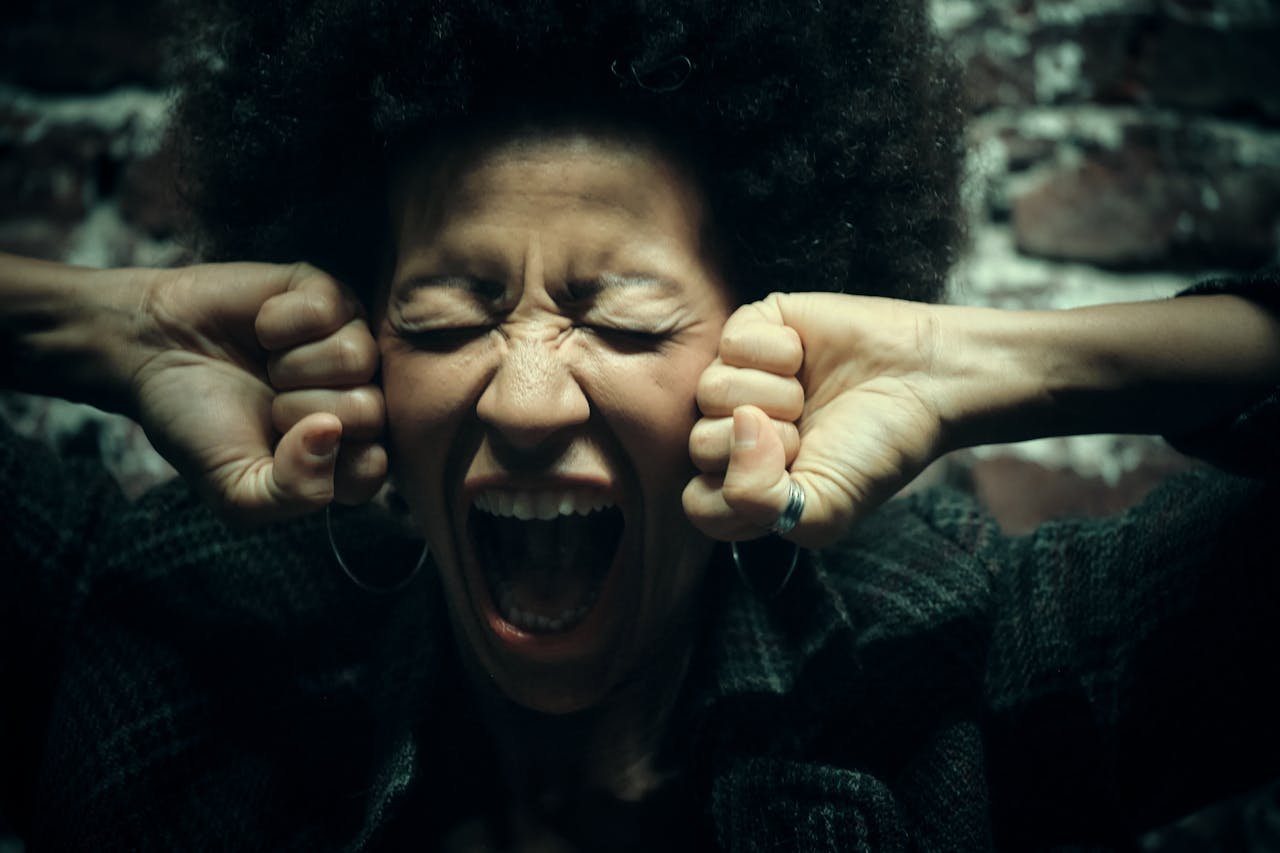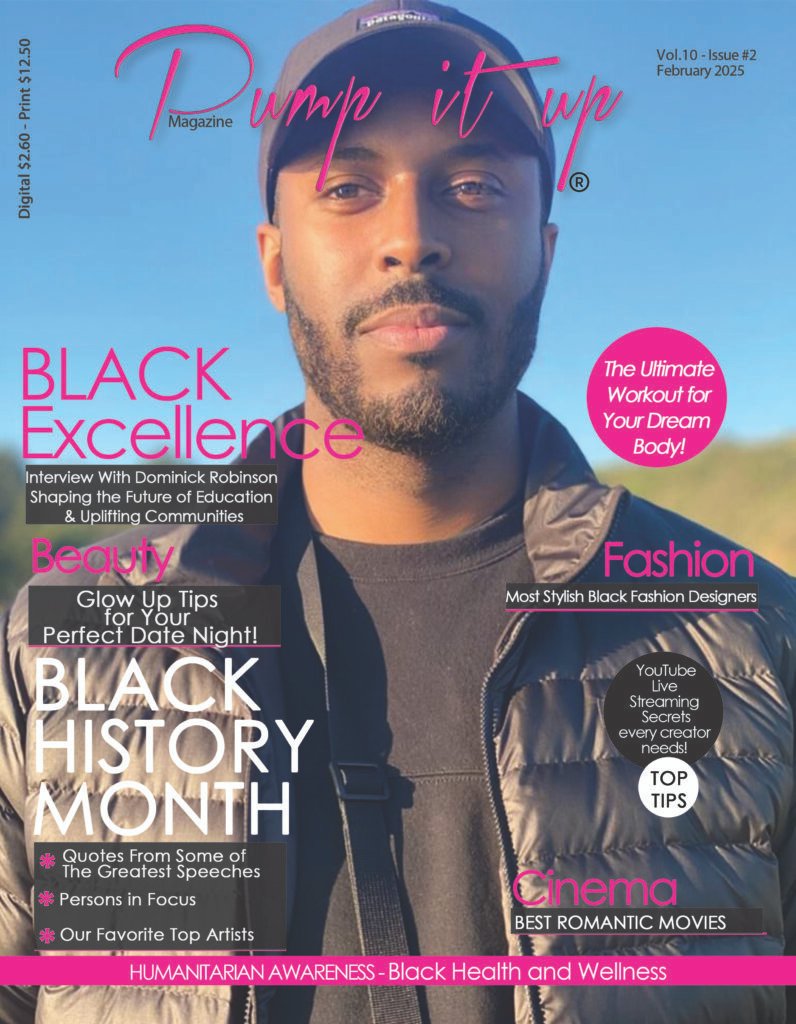Johnny Hallyday, the pompadoured, hip-swiveling rocker known as the “French Elvis” died on Wednesday (Dec. 6) at age 74. Hallyday was reportedly hospitalized on Friday (Nov. 17) at a Paris hospital due to respiratory difficulties and had been undergoing lung cancer treatments. Rising to prominence with his first release in 1959, Hallyday was best known for his French-language covers of early rock hits and a deep catalog of originals released on dozens of albums on a variety of major and indie labels from the early 1960s through 2015.
The singer continued to perform well into his retirement years, thrilling crowds with his dark, gravely voice and unmistakable charisma, which made him a huge star in France and other French-speaking countries, filling arenas and stadiums well into his 60s; he was reportedly working on a new album and planning a tour at the time of his death. Though he was little-known outside of Europe, Hallyday rocked stages as long as some of his more well-established contemporaries, such as fellow 74 year-old Mick Jagger, reportedly selling more than 80 million albums and scoring a dozen platinum albums in his home country.
A big part of his appeal was a true rock n’ roll spirits, which extended to the usual litany of rock star problems: drugs, taxes, fast cars and motorbikes and a string of high-profile, dramatic romances. Hallyday was born Jean-Phillippe Smet on June 15, 1943, in Paris’ Malesherbes neighborhood, the son of Belgian parents who separated just months after his birth. He grew up under the watchful eye of his aunt, Hélène Mar, a former silent film actress, as well as two dancer cousins who took him on the road during his childhood.

The singer adopted the last name of one of the cousin’s boyfriends, Oaklahoman Lee Halliday, who had also joined the family act. While on the road, Hallyday learned guitar and took dance lessons and by nine years-old he was playing covers of American songs during set changes, appearing in his first film in 1954, Les Diaboliques.
Once Hallyday discovered Elvis he decided he wanted to be a rock singer, which led to gigs in clubs and cabarets and a record contract with Vogue Records in 1959. His first single, “Laisse les Filles,” was released in 1960, followed by his first big hit, “Souvenirs, Souvenirs” and his debut album, Hello Johnny.
Like his contemporaries, Hallyday had a riotous impact on his fans, setting off a frenzy in 1961 when he performed at France’s first major rock festival, launching him into teen idol territory that rivaled the raucous reaction to Elvis in the U.S. With a mix of originals and French covers of songs by rock icons such as Chubby Checker (his famous cover of “Let’s Twist Again” sold more than a million copies) and Jerry Lee Lewis on albums such as 1961’s Johnny Hallyday Sings America’s Rockin’ Hits, Hallyday began a run of hit albums and singles, including his two biggest songs: “L’Idole des Jeunes” and “Da Dou Ron Ron.”
After a year of military service — during which he married fellow singer Sylvie Vartan — Hallyday attempted to jump back into his act, but found that his old style didn’t fit in in an era where the Beatles and Bob Dylan were ruling the charts. Despondent at his lack of popularity, Hallyday attempted suicide in 1966 shortly after the birth of his son, releasing a dim chronicle of his depression, “Noir, C’est Noirs.” Trying to revive his moribund career again, Hallyday formed a new band called The Blackbirds, which featured future Foreigner singer Mick Jones, signaling a move into more R&B-influence sounds. Through the end of the 1960s he went more psychedelic, collaborating with Led Zeppelin’s Jimmy Page, Peter Frampton and the Small Faces’ Steve Marriott and Ronnie Lane and taking a chance on a young act called The Jimi Hendrix Experience, whose first gig was opening for Hallyday in October 1966.
His marriage to Vartan splintered in 1972 and he moved to Memphis two years later to work on the rock standards album Rock à Memphis as well as a Nashville-influenced one, La Terre Promise, before moving his family to Los Angeles to hide from a massive tax bill back home. The hits in France continued amid huge disasters — a flop double-album rock opera based on Shakespeare’s Hamlet — and he suffered a famous collapse on stage during a show in the summer of 1980 as his marriage broke up for good.
A brief, two-month second marriage preceded a turn toward a more pop-oriented sound and his return to film with Jean-Luc Godard’s Détective. Another short marriage followed in 1990, as well as a huge 50th birthday series of shows in Paris in 1993 and a flop English-language album, Rough Town, in 1994. In keeping with his up-and-down career, the next year brought one of his most successful albums, 1995’s Lorada. A fifth marriage coincided with yet another album of rock classics, Destination Vegas and a now-legendary performance closing the World Cup soccer tournament 1998.
He continued releasing albums in the early 2000s, including one with a track written for him by U2’s Bono, “I Am the Blues,” and a move to Switzerland in 2006 to once again avoid tax issues back home. Hallyday announced his farewell tour in 2009, performing a massive free show at the foot of the Eiffel Tower that summer for 800,000, just months before undergoing colon cancer surgery. Though he struggled with a series of health issues for the next several years, Hallyday pulled off a mini-tour of three major U.S. cities in 2012, setting the stage for his 10th No.1 album in France, L’Attente. The singer celebrated his 70th birthday at the Palais Ominsports de Paris-Bercy on June 15, 2013, chronicled on a live album released that November.
An Don Was-produced album of blues, rock and country, Rester Vivant, was released in November 2014 and Hallyday celebrated his love of Las Vegas that same month with a trio of shows featuring fellow French stars Eddy Mitchell and Jacques Dutronc (“the old scoundrels”).
source. billboard













